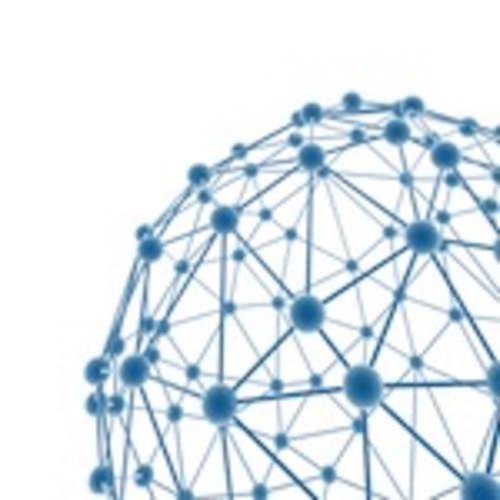Several years ago, before the Web had become as ever-present as it is now, Wal-Mart was the shining example of a future where inanimate objects communicated, aka the Internet of Things. The company had a plan to implement RFID tags to better optimize its supply chain. The problem? The RFID technology could not be programmed to exchange data.

In the past few years, we’ve seen the emergence of the application programming interface, or API. APIs have become very popular. It’s evident when you look at the directory from Programmable Web, which has 3,000 APIs.
Presented by Xerox. With Xerox, you’ll be ready for real business. Find out how.
APIs are used all the time to connect Web apps, cloud-based services, devices and increasingly, inanimate objects. APIs are making our world programmable. We can program a bridge, the door to a house or the cart that trucks your luggage to the plane.
And with mobile devices, we can track that data no matter where we are and use real-time analytics and a geospatial context to find intelligence in the collective data.
The Internet of Things is only practical when you have a critical mass of devices and a cloud infrastructure. We have that now. But we also need the geospatial context to know where everything is located, all the time.
All of this has implications on the way we work.
For example, a municipality cannot afford to replace all of its aging roads and bridges at one time. But it can place sensors to transmit data that can then be analyzed in real-time. The analysis tells the people managing the system how the bridge is faring. This can be replicated across the entire transportation network.
By doing that, the systems manager can get a granular view that was not possible before. Road crews with sensors on trucks can be monitored, too. Teams can be distributed across the network, based upon the data analytics that indicate weak points and potential weak points in the system.
This kind of approach means automation on a scale that we have not seen before. We need this automation as this kind of data becomes a deeply woven mesh into all aspects of society.
Photo by gerard79










